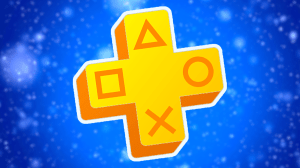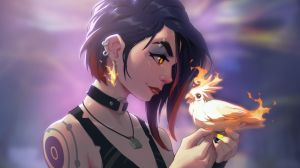An anime ending can be a real make it or break it moment for a series. When a finale feels rushed, forced, or completely out of sync with everything that came before, it can ruin an entire anime. Fans pour time, energy, and excitement into a story only to be left hanging. And a show that could have been legendary ends up being remembered for all the wrong reasons. Instead of delivering a satisfying payoff, this leaves frustration in its wake, a fate even great anime series aren’t safe from.
Videos by ComicBook.com
Some great anime with terrible endings get a second chance with a sequel or reboot, but others just stop, leaving fans with nothing but unanswered questions. Cliffhangers with no resolution, character deaths that add nothing, or sudden plot twists that make no sense. If you’ve ever sat through a series only to be hit with an ending that made you go, “Wait, that’s it?” — you’re not alone. These ten anime had everything — cool worlds, unforgettable characters, and stories that kept us hooked. Then, just when it mattered most, they completely dropped the ball, leaving fans confused, annoyed, or outright furious.
Soul Eater
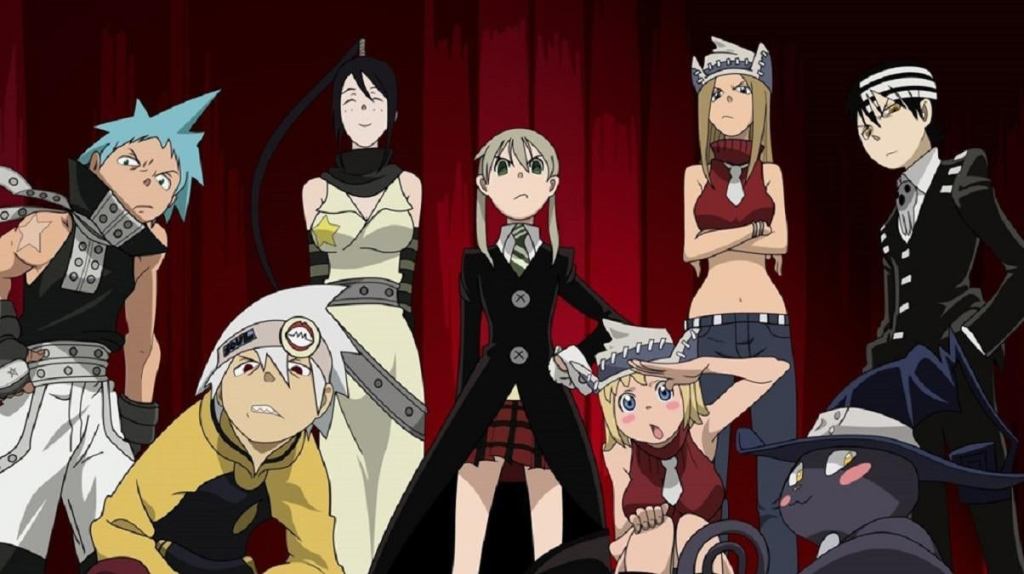
Despite all the potential in the world, Soul Eater completely fumbled its ending. The final fight against the Kishin ignored everything the story had built up. Madness, wavelengths, soul resonance, power scaling — none of it mattered. Instead, Maka pulled off a random “courage punch” that had no setup and made no sense within the series’ own logic.
The ending also left nothing memorable behind. Crona’s story got abandoned, Kid’s development as a Shinigami barely mattered, and the side characters had no real role in the finale. What started as a promising series ended with a lazy, unearned victory that just wasn’t satisfying.
Dragon Ball GT
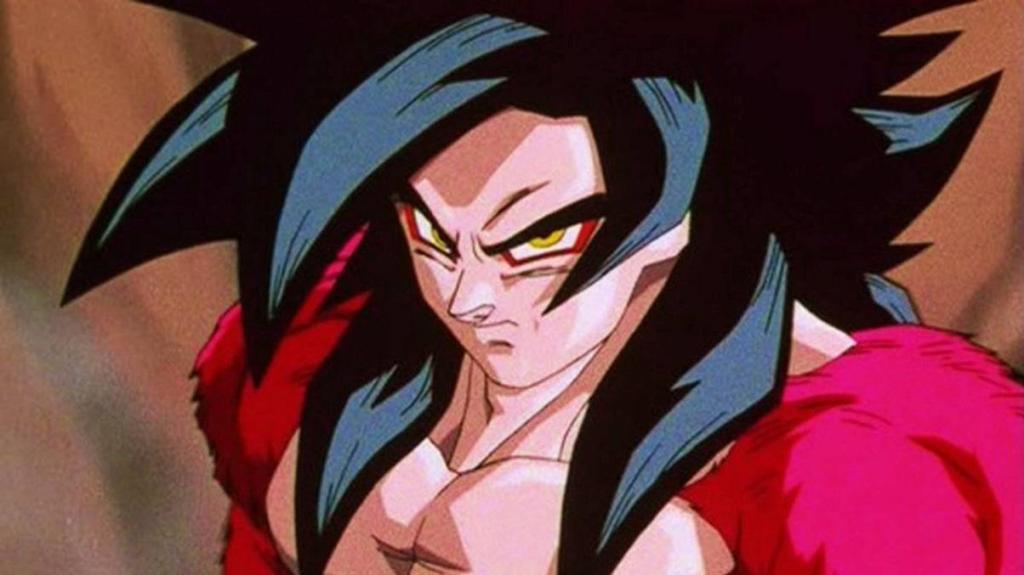
Dragon Ball GT didn’t give us the ending we deserved. The fight against Omega Shenron had all the buildup, but when it came down to it, the execution just wasn’t there. Super Saiyan 4 Goku and Vegeta put everything on the line, yet somehow, the big finale ended with another Spirit Bomb. We’d seen this move save the day before, so instead of an epic final clash, it felt like a lazy repeat, especially considering the ending of the Buu Saga in Dragon Ball Z.
Then came the epilogue, which only left us with more questions than answers. Goku disappeared with Shenron, and we never really found out what happened. Was he dead? Immortal? Something else entirely? No one knew. Meanwhile, Vegeta, Gohan, and the rest were just… there, with no real closure. Instead of a proper goodbye, GT ended with confusion. The franchise has since fixed its mistakes with Dragon Ball Daima, even if that affirmation can be debated by fans well into the future.
Akame ga Kill!

Akame ga Kill!’s ending ignored everything the manga did right and replaced it with a rushed, lifeless conclusion. To start, the anime made the huge blunder of killing off protagonist Tatsumi in the worst way possible: by having the giant mecha Shikoutazer fall on him after he had already defeated it. Comparing this to the manga, where Tatsumi actually survives (albeit as a dragon) and gets a happy ending with an alive and pregnant Mine, it’s hard not to accuse the anime of throwing in shock-value deaths and calling it a day.
Worse, even when a character’s fate didn’t deviate from the manga, the anime changed the events leading up to it, ruining its impact. For example, while Akame heads away to the lands of the East at the end of both the Akame ga Kill anime and manga, the anime version feels significantly inferior. Because when almost none of the characters we followed actually live to see the rebellion’s victory, the whole thing just feels meaningless.
Deadman Wonderland

Thanks to its dark and violent nature, Deadman Wonderland was unfortunately canceled after just one season, leaving viewers with an unsatisfying anime-original ending. While the prison did collapse and Shiro and Ganta escaped, nothing was actually resolved. The anime talked about exposing the truth, but viewers never got to see it.
The Red Man mystery, the twisted experiments, and the deep corruption behind Deadman Wonderland — none of it got closure. The rebellion that had been built up for so long led to nothing. The survivors scattered, and then the anime just stopped, leaving major characters and plot points hanging.
Sword Art Online

Sword Art Online had everything set up for an epic ending, but the way its Aincrad and ALfheim Arcs proceeded completely let us down. Kirito’s final fight with Kayaba broke every rule the story had built. He lost, died, and then somehow came back to win just because he willed it. Asuna threw herself in front of Kirito, died, and then magically came back like nothing happened. Instead of dealing with the trauma and consequences of surviving a death game, the anime just skipped to the ending, brushing off everything that made Aincrad feel real.
Then came the series’ ALfheim Arc, which somehow made things even worse. We watched Kirito struggle through the episodes, only for him to suddenly unlock god-tier powers and absolutely demolish Sugou. And instead of a satisfying conclusion, the anime tossed in the final episode as a lazy way to keep things going. Aincrad started with fantastic depth, but by the time ALfheim ended, it felt like the story had completely lost what made it special.
[RELATED – 10 Best Anime You Can Stream On Hulu]
The Promised Neverland
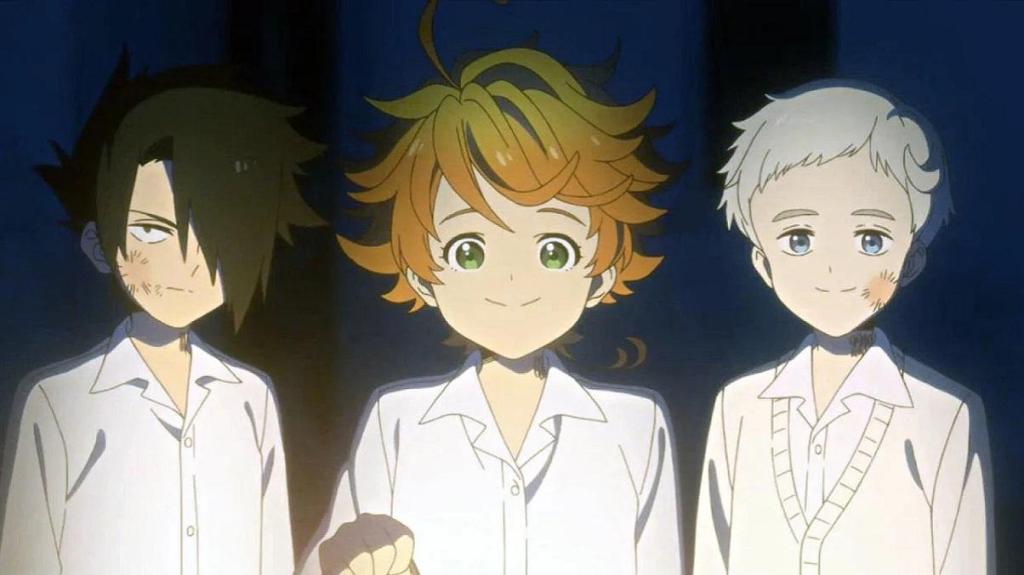
Despite its initial positive reception, The Promised Neverland completely crashed in the end. Season 2 skipped huge arcs (like the Goldy Pond arc), rushed through the story, and erased all the tension that made Season 1 so good. Emma and the others were supposed to fight for their freedom, but instead, they just walked into the human world with barely a struggle.
The demons, once terrifying, just stopped being a real threat for no reason. And Emma’s “sacrifice” to allow all the children to live safely in the human world — giving up her memories — seems pointless when she seems to get them back so easily. What should have been an emotional, hard-fought escape felt way too convenient, taking all the weight out of the ending.
Wonder Egg Priority
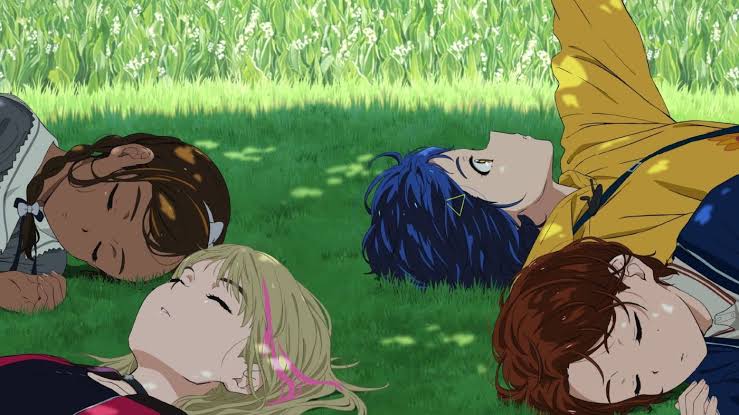
When Wonder Egg Priority first came out, it earned critical acclaim thanks to its high animation quality and mature handling of sensitive themes. The story followed Ai Ohto, a teenage girl staying home from school after the suicide of her close friend, Koito Nagase. One day, during a late-night walk, Ai comes across a deserted arcade where she receives a “Wonder Egg”. This pulls Ai into the Egg World, a dream-like world where she must fight monsters to protect the girls emerging from these “Wonder Eggs.” If she succeeds, Koito will be brought back to life.
With that kind of premise, Wonder Egg Priority was practically promised a stellar run. Instead, the story crashed and burned in the worst way possible. The first mistake was the sudden pivot to sci-fi themes, making one of the main girls, Neiru, an artificial human. Worse, Ai’s friend Koito was revealed to have committed suicide after falsely accusing their school teacher of rape for rejecting her advances. This ending came out of nowhere and was so bad that it’s highly recommended to skip the thirteenth episode of the series altogether.
Tokyo Ghoul:re
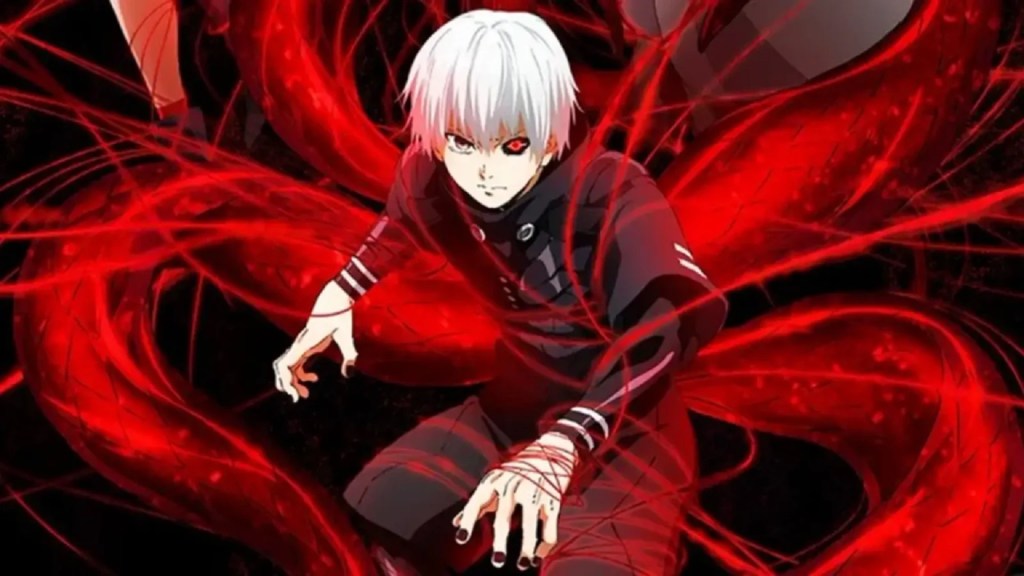
The ending of Tokyo Ghoul:re got rid of everything that made the series special. We waited for Kaneki and Furuta’s final battle, expecting an epic showdown, but it ended too fast and without impact. Furuta, built up as a major antagonist, died like he never mattered. The Dragon Kagune, teased as a world-ending threat, collapsed with no real fight. The CCG and Aogiri Tree, once the heart of the story, vanished without closure. After all that destruction, Kaneki somehow survives, making every previous risk feel pointless.
The story abandoned everything it had been building. The painful struggle between humans and ghouls, once the series’ core, wrapped up too easily. Kaneki suffered, changed, and fought for years, only to get a happy ending that ignored all of it. Uta, Itori, and the Clowns — characters who once felt vital — faded into the background. And many of the most powerful moments in the manga either disappeared or got rushed.
Fullmetal Alchemist
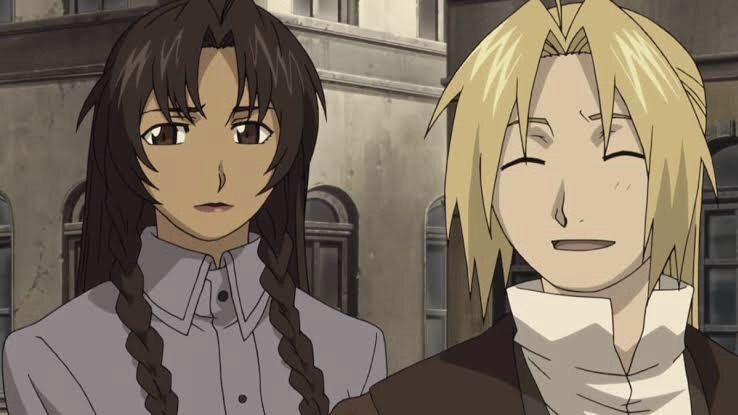
The 2003 Fullmetal Alchemist anime built something incredible, only to throw it all away at the end. We followed Ed and Al’s struggle to regain their bodies, expecting a meaningful resolution. Instead, the anime tossed Ed into an alternate reality—our real world. He gave everything to bring Al back, only to end up stranded in 1920s Germany while Al was left behind.
After everything the brothers fought for, their journey led nowhere. The story completely betrayed its own themes, replacing the rich alchemy-driven lore with a bizarre historical fiction plot about Nazis. Luckily, this anime-original ending has since been rectified in the Fullmetal Alchemist: Brotherhood, which has an amazing ending.
Naruto Shippuden
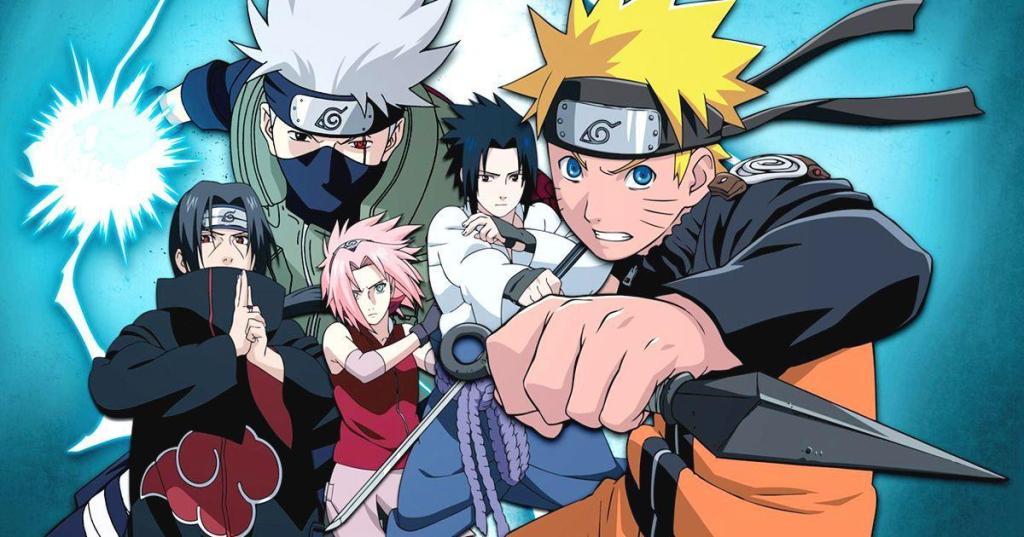
After a phenomenal run spanning decades, the ending of Naruto Shippuden felt rushed and empty. Replacing Madara with Kaguya as the final villain had to have been the worst decision possible, cheapening the entire experience. And while Naruto and Sasuke’s final battle was iconic, it didn’t make sense that Sasuke, after years of obsession with revenge, changed his entire worldview after just one fight.
Worse, even the epilogue didn’t give us real closure. We got Naruto’s wedding, but many other characters like Kakashi, Sakura, etc, didn’t get the same attention. With that, instead of a strong, emotional farewell, Naruto Shippuden’s last episodes felt like an unwanted commercial for Boruto.




